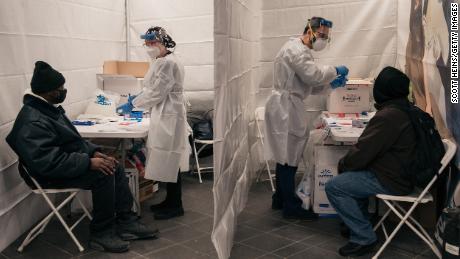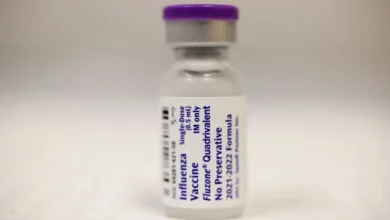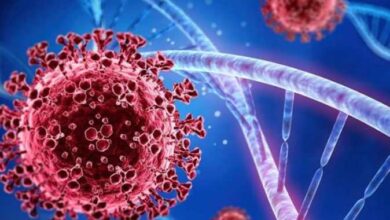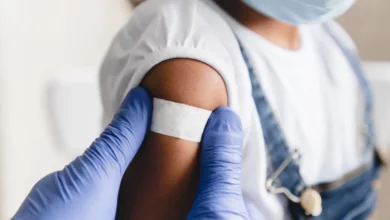
(CNN) – As the United States emerges from the Omicron wave, Covid-19 testing has slowed to a fraction of what it was at the beginning of the year.
In mid-January, as daily case counts reached their peak, about 2.5 million tests were processed each day in the United States. Now, there are about 670,000 tests coming through each day, according to data from the US Department of Health and Human Services.
The federal data tracks results submitted by more than 1,000 laboratories and testing locations across the country but doesn’t capture the vast majority of at-home tests that have grown in popularity as supply became more readily available.
But demand seems to have fallen there, too. One major retailer, CVS, has seen a decline in demand for home tests since the Omicron peak, according to a company spokesperson.
And out of the long-awaited 500 million free at-home Covid-19 tests the Biden administration has made available, fewer than 300 million have been ordered, according to Kevin Munoz, White House assistant press secretary.
Reasons for this decline are two-fold, according to Mara Aspinall, a professor of practice in biomedical diagnostics at Arizona State University. On one hand, cases are coming down, and on the other, demand is simply starting to fade.
Cases are down more than 90% since the peak of the pandemic, but the US is just starting to drop to pre-Omicron case rates, and that’s why Aspinall and other experts warn of the need to take this opportunity to make sure the country is better prepared for surges.
“When you look at epidemics and pandemics in the past, the countries and communities that performed best are ones that were most flexible and were able to respond to existing demand,” Aspinall said.
Too little, too late
“Part of the ongoing challenge of the pandemic has been the difficulty in ramping up testing as a surge is beginning, and unfortunately, time and time again, our testing efforts have been hampered by too little, too late,” said Dr. Thomas Tsai, an assistant professor at the Harvard T.H. Chan School of Public Health.
Even as tests seem more accessible now, it was just two months ago that the Omicron variant — paired with the holiday season — left Americans with long lines for testing sites and empty drugstore shelves.
Of the 22 million at-home tests sold last year at CVS, 70% were sold in the final three months of the year, according to a company spokesperson.
Throughout the pandemic, there have been warning signs that testing supplies would be strained.
During last year’s Delta surge, testing rose quickly starting in July and held for months at levels previously seen during the first winter surge. One of the largest at-home test manufacturers, Abbott Laboratories, warned that there could be a shortage of supplies.
In September, the Biden administration announced that it would invest $2 billion in testing, and it added another billion in purchase agreements in October. However, that was only enough to provide the US with about 200 million at-home tests a month.
In October, Aspinal told CNN that these investments were a “significant step forward.” But she added, “in order to use testing to eliminate onward transmission, the numbers are closer to testing at least 6 million a day.”



